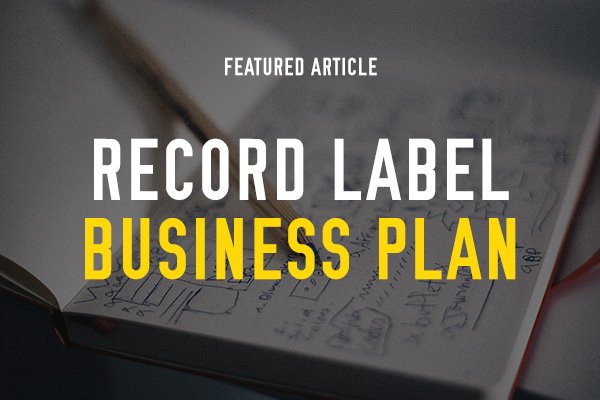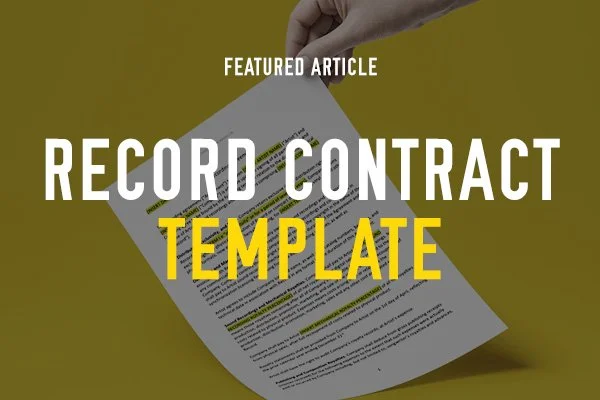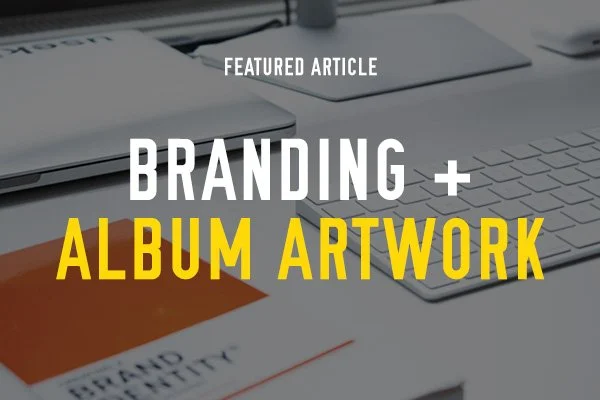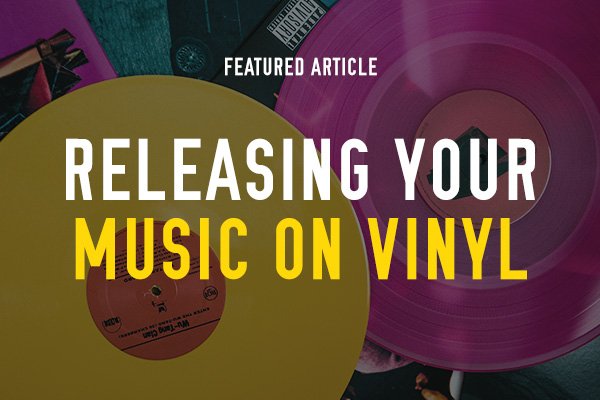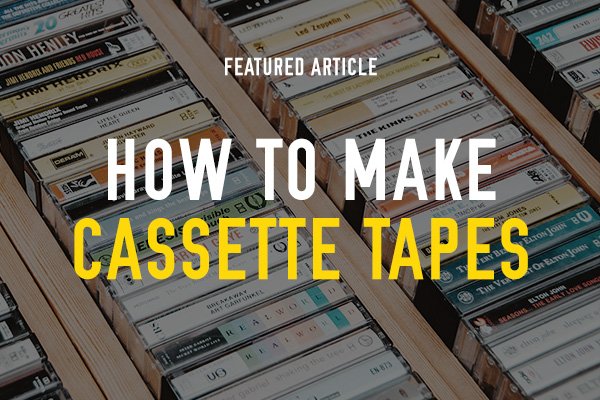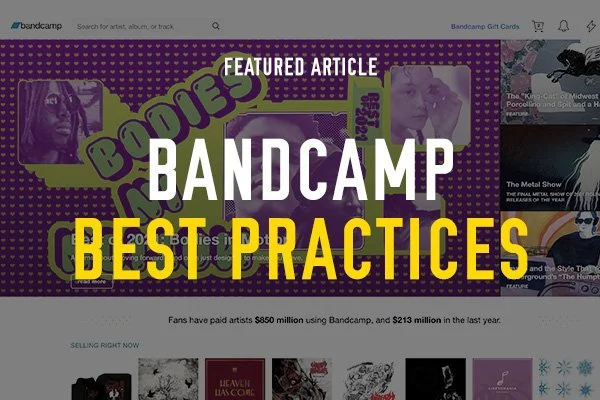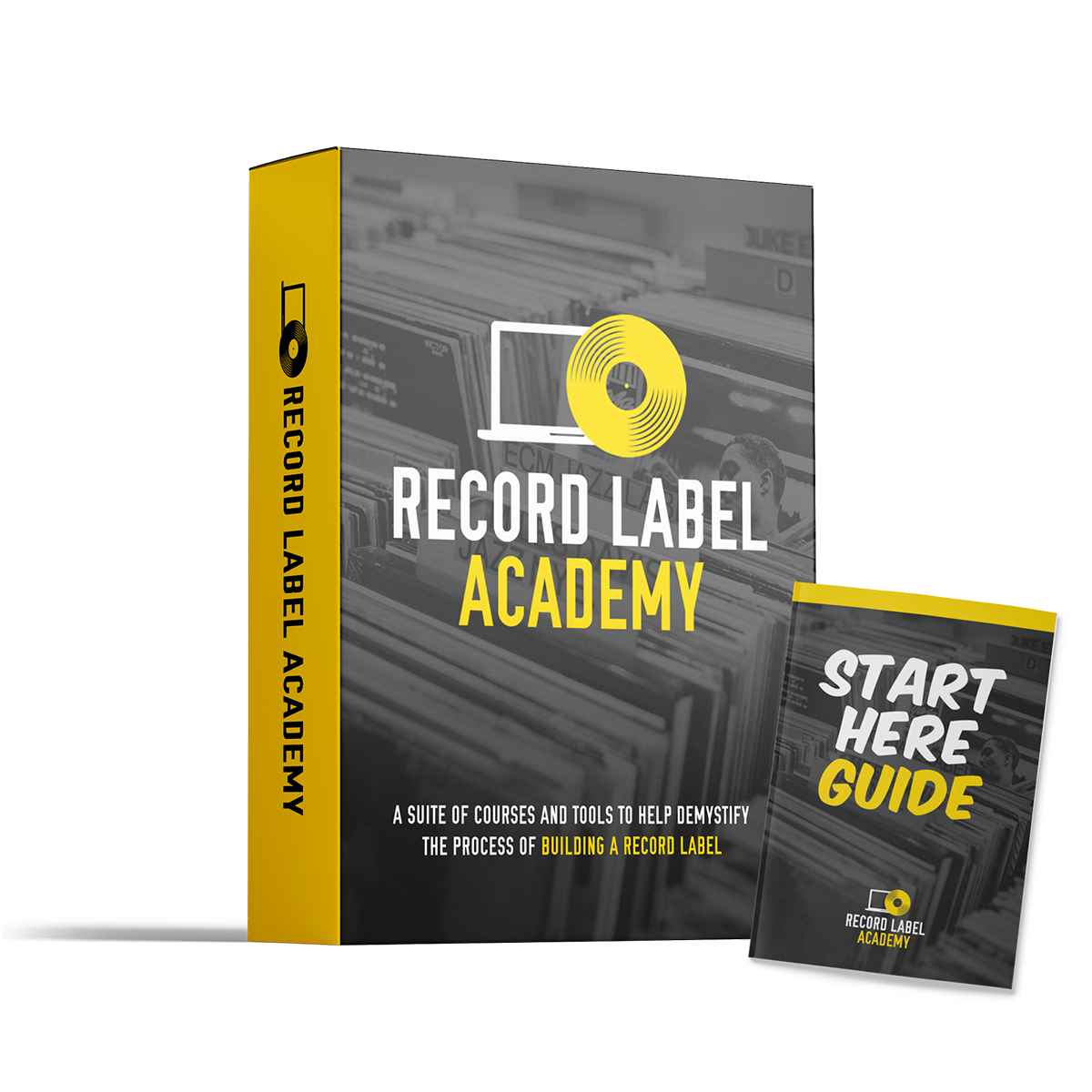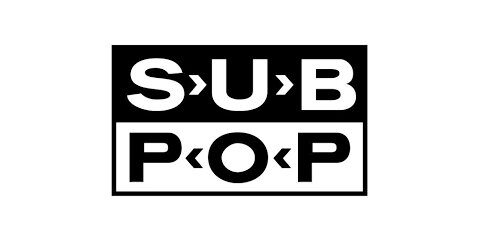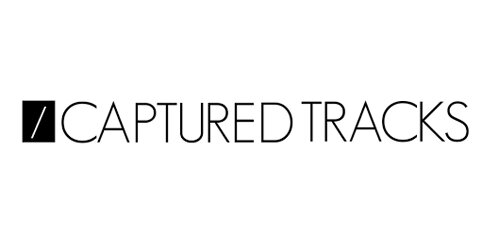
Read This Before
Picking a Digital Distributor
5 tips to help artists and indie labels choose the right distro partner

Choosing a digital distributor can feel like one of the most overwhelming decisions for indie artists and record labels.
But here’s the truth: it doesn’t have to be!
Let me break down five essential things to keep in mind before you commit to a digital distributor!
1. Are They Reputable?
A few years ago, I worked with a brand-new digital distributor that was eager to grow and was looking for feedback from real labels. At the time, it seemed like a good opportunity—I could help shape their tools and have a bit of influence over features for label owners. Everything worked fine… until it didn’t.
The company eventually failed to pay their artists—something that, let’s be honest, should be priority number one for any distributor. It got worse. They shut down, left artists in the lurch, and kept collecting royalties from streaming platforms even after they disappeared. When I spoke with journalist Sam Taylor at CMU about this story, he pointed out that it’s actually shockingly easy for anyone to launch a distribution company. No real oversight. No licensing requirements. Just set up a payment portal and call it a “platform.”
So how do you avoid these situations?
Spotify maintains a helpful and up-to-date list of preferred distribution partners—distributors that have been vetted and approved by Spotify themselves. It’s not a perfect list, but it’s a great place to start. Just search “Spotify preferred distributors” and check where your potential distro ranks.
It’s also helpful to read reviews—but take them with a grain of salt. Every distributor, from CD Baby to DistroKid to Too Lost, will have both glowing reviews and angry Reddit threads. What matters is the pattern of reputation over time.
2. Subscription or Pay-Per-Release?
There are two dominant pricing models for digital distribution:
Pay-per-release: A one-time fee per album or single
Subscription: A monthly or yearly fee for unlimited uploads
The pay-per-release model is the classic approach—used by companies like CD Baby since the early 2000s. You pay $35 (plus maybe the cost of a barcode) to get your album distributed, and that’s it. The music stays up permanently. No recurring costs. It’s a solid, straightforward model—especially if you’re not releasing frequently.
The subscription model, pioneered by companies like DistroKid, lets you release as much music as you want for a low annual fee. It’s great for prolific artists or small labels with lots of singles and EPs to release. But beware: if you stop paying the subscription fee, some distributors will take your music down. Thankfully, LANDR is an exception here—they keep your music up even if your subscription ends.
One thing to keep in mind is that some subscription models start cheap but charge more for basic features like custom release dates, label names, or specific metadata fields. So, don’t just look at the base price—look at what you’re getting with that fee.
I personally think LANDR’s model is a strong hybrid—you get unlimited distribution, plus tools for mastering, collaboration, samples, and promotion. That bundling makes a lot of sense for modern artists and labels.
3. What Other Features Do They Offer?
Not all distributors are created equal. Some just get your music to the DSPs and that’s it. Others go above and beyond—offering tools that help with marketing, analytics, monetization, and even music creation.
If a distributor seems “too cheap to be true,” it probably is. You may find that you can’t choose a release date, or your songs don’t get pushed to TikTok or Instagram. Maybe customer support is non-existent, or there’s no backend to track your stats.
Good distributors—like LANDR, for example—bundle in things like smart links, pre-save tools, plugins, sample packs, mastering, and even educational content. These aren’t just perks; they’re tools that make the entire release process smoother.
For labels, you might be wondering: “How do I get access to the premium features the big labels use?”
The truth is, those premium tiers often exist—but they’re invite-only. Companies like The Orchard or Secretly Distribution want to see a proven track record: revenue, catalog size, or streaming volume.
I’ve been lucky to have relationships like that with a few distributors, but they’re harder to come by these days. If you do get into those invite-only tiers, expect to share a cut (like 9%) of your royalties—but in exchange, you often get dedicated support, custom features, and faster turnaround times. And honestly? That trade-off is often worth it.
4. Run a Test Release
If you’re still unsure, why not try a test release? Distributors aren’t life partners—you can experiment.
Drop a single with one distributor and see how their dashboard works. Try a different one for your next release and compare. What was the upload process like? How fast did the release go live? Was customer service helpful?
And yes—you can move releases from one distributor to another without losing stream counts or playlist placements. It takes a bit of admin work, but it’s doable. I’ve done it several times.
There’s no better way to evaluate a distributor than by actually using them. Think of it like test-driving a car before buying.
5. Don’t Overthink It
Here’s your permission to stop stressing about this.
Seriously. I see too many artists and labels paralyzed by this decision. The truth is, your fans won’t notice or care which distributor you use. What matters more is your song, your artwork, and your release strategy.
I’ve personally released music through CD Baby, DistroKid, Symphonic, and now LANDR. Each has pros and cons. None of them have been perfect. And that’s fine. The point is to find what works for you, not to find the mythical “perfect” solution.
The more important thing? Upload your music with plenty of lead time, ensure your files are high quality, and make sure you’re putting out your best possible work.
You can always switch distributors later.
Conclusion:
You do need a digital distributor. But you don’t need to lose sleep over which one you choose. Do a bit of research, test a few platforms, and move forward.
And big thanks to our friends at LANDR—not just for sponsoring this episode, but for being a trusted partner in the indie music community. If you're looking for a distro that offers real value beyond distribution, they’re worth checking out.


NEW BOOK. OUT NOW.
ARTWORK + DESIGN FOR RECORD LABELS.

Helpful Articles for Record Labels
-
10 Steps to Planning Your New Release
50 Reasons Why You Should Start a Record Label
How Fans Can Support Record Labels
How Many Releases Per Year is Ideal?
How to Register Your Record Label
How to Submit Your Music to Record Labels
How to UNSTUCK your record label
Leveraging the Power of Lead Time
Record Store Day
Social Media Strategies & Solutions
Social Media Strategies & Solutions
The 4 Attributes of a Great Record Label
Why Artists Need a Record Label
Why Do We Release Music on Fridays?
How to Make a Business Plan
Record Contract Template
How to Start a Record Label
Branding & Album Artwork
Releasing Music on Vinyl
Music Publishing for Labels
How to Make Cassette Tapes
Bandcamp Best Practices

RECORD LABEL
ACADEMY
The Complete A to Z of Building and Growing an Independent Record Label.

BEST VALUE
*
BEST VALUE *
RECORD LABEL
ACADEMY
Instant Lifetime Access to all our courses, books, and templates!
-
How to Start a Record Label (Online Course)
Record Label Marketing Strategies (Online Course)
Record Label Decision Tool (Online Course)
Profitable Record Label (Online Course)
All 10 Micro Courses
All 8 Micro eBooks
How to Start a Record Label (eBook)
Record Label Marketing Strategies (eBook)
Tons of bonus templates and extra resources
RECORD LABEL
ACADEMY
Instant Lifetime Access to all our courses, books, and templates!
-
How to Start a Record Label (Online Course)
Record Label Marketing Strategies (Online Course)
Record Label Decision Tool (Online Course)
Profitable Record Label (Online Course)
All 10 Micro Courses
All 8 Micro eBooks
How to Start a Record Label (eBook)
Record Label Marketing Strategies (eBook)
Tons of bonus templates and extra resources
Other Record Labels Podcast
Featuring interviews with…




